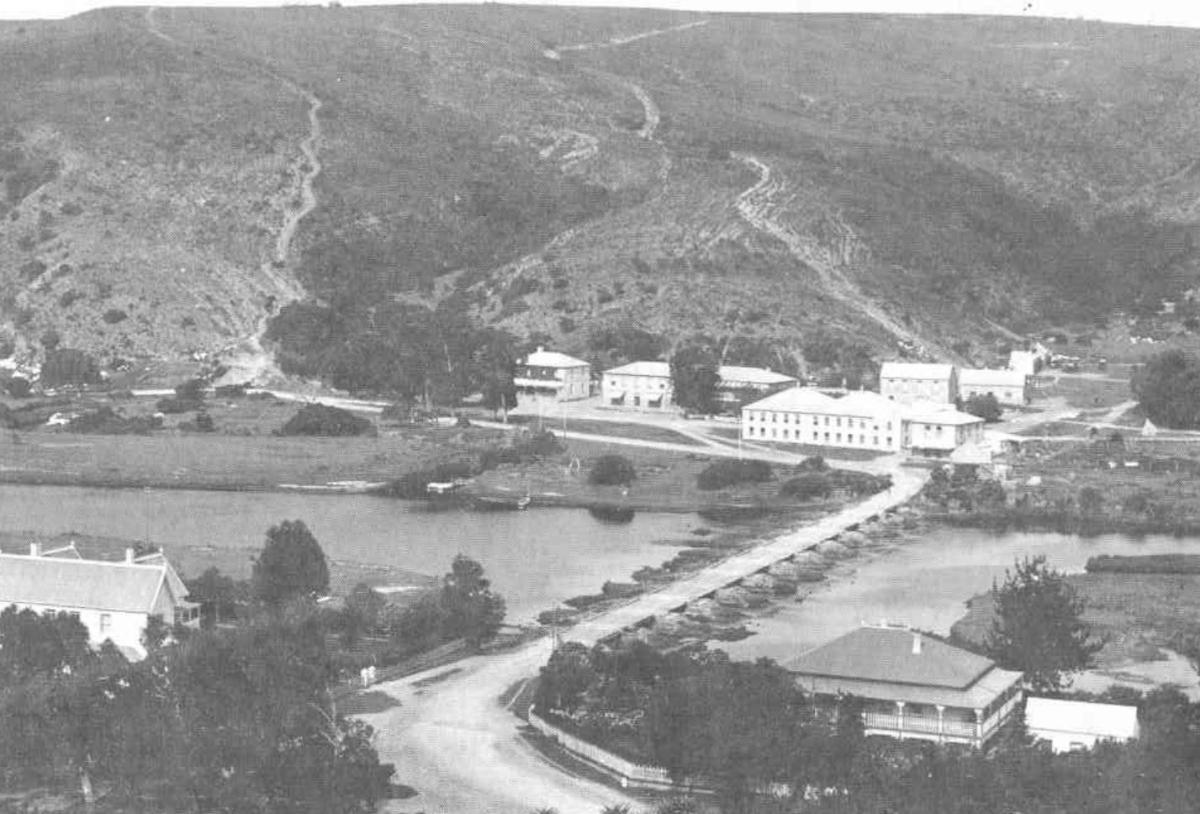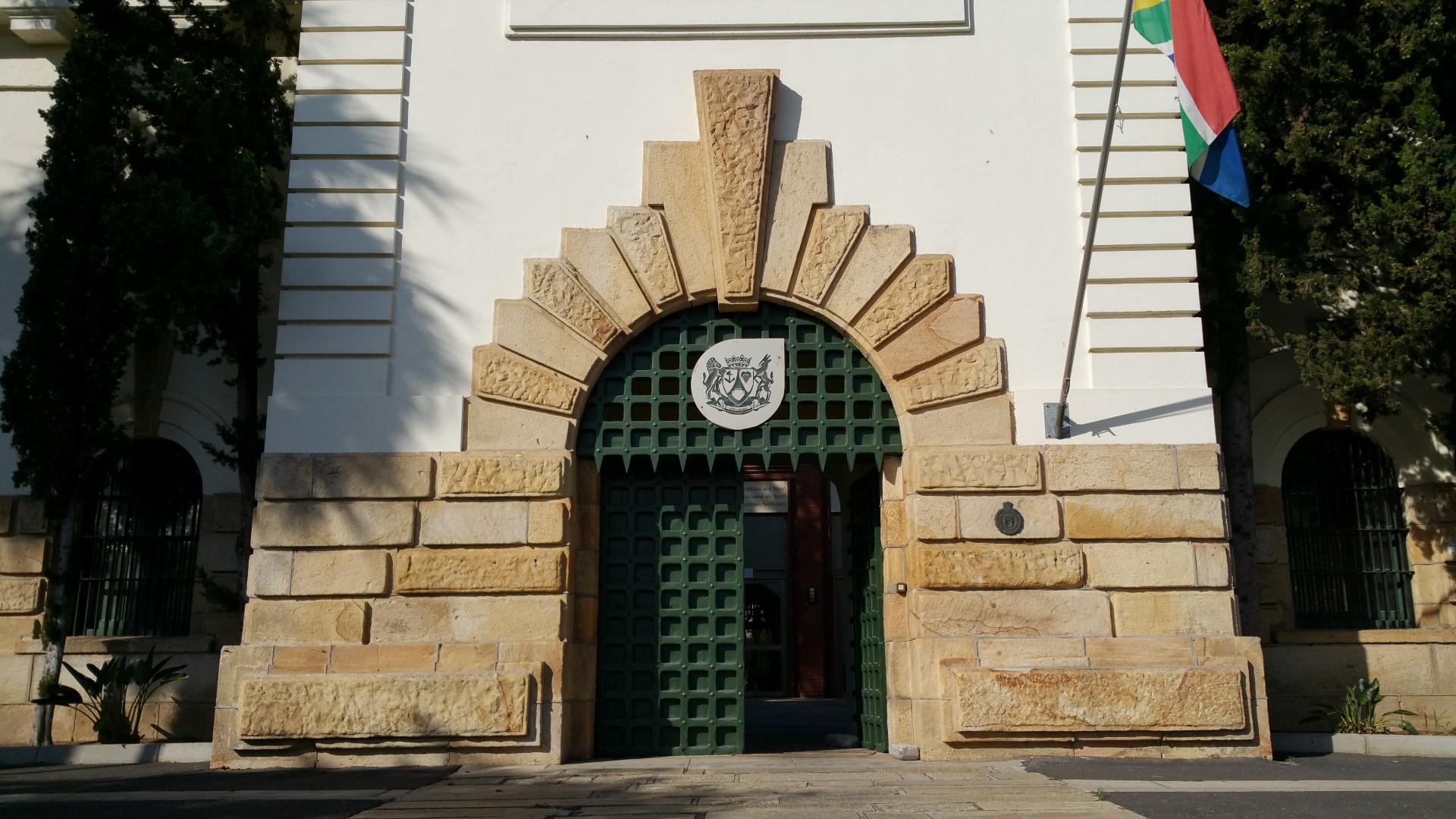
Disclaimer: Any views expressed by individuals and organisations are their own and do not in any way represent the views of The Heritage Portal. If you find any mistakes or historical inaccuracies, please contact the editor.
In the article below, Graham Ross looks at the career of George Pilkington, Civil Engineer and Superintendent of Public Works of the Cape Colony from 1848. The piece first appeared in the publication 'Past Masters: Pioneer Civil Engineers who contributed to the growth and Wealth of South Africa'. Click here to view the stories of other great engineers.
Pilkington was born in Dublin in 1784. After passing out of Woolwich Military Academy in 1801, he was gazetted to the Royal Engineers and made steady progress. In 1809 he was sent to the West Indies, where he was made commander of an engineering detachment on St Kitts. He retired on 19th December 1816 at the end of the Napoleonic Wars with the honorary rank of Captain.
He served as Civil Engineer and Surveyor-General of Sierra Leone, and in 1822 held the same post in Trinidad, after which he travelled for two years in Brazil. Here he was chiefly concerned with promoting the emancipation of slaves, which did not endear him to local landowners.
His middle years are unchronicled, but it appears likely that he spent them on engineering works in Britain.
In December 1848, at the age of 64, he was appointed Civil Engineer and Superintendent of Public Works of the Cape Colony, succeeding Charles Michell. Here his first duty was to build, to Michell’s design, the lighthouse on Cape Recife.
Cape Recife Lighthouse
It was however the era of the great roadworks and pass-building initiated by Michell, and these activities continued to progress under his direction via the direct supervision of his field engineers, the Bains, de Smidt, Fletcher, and others. He designed the more complicated bridges on these routes, including a controversial bridge at Great Brak which had twelve openings of 20 feet, each holding a floating deck (see main image). This structure, despite scathing criticism, served well from 1850 until 1965. A high bridge in Bain's Kloof is named after him. He designed and built the famous Roeland Street Gaol, now the Cape Archives. In 1861 the rather rickety old Bland’s Jetty in Mossel Bay was replaced with a more robust structure to his design.
Entrance to the Roeland Street Gaol (The Heritage Portal)
In the mid '50's negotiations began in earnest for the first railway line in the colony and a proper harbour for Cape Town. No doubt the Colonial Engineer had a role to play in these discussions, and Pilkington then did the first flying survey of the route for the railway from Cape Town to Wellington (which was built shortly after his death). Despite advancing years he was still active in the field, and in 1858, at the age of 74, he surveyed a route through Du Toit’s Kloof and provided an estimate of £45,000 for its construction - but it would be some 80 years before the project went ahead.
However time took its toll, and he died suddenly at Green Point in July 1858. He and his wife Charlotte Clara had five children, and there are several descendants spread around the country today.
Pilkington has a marble plaque erected in his memory in St George’s Cathedral, Cape Town.
Graham Ross liked to call himself a "padmaker". Although in the early stages of his career he roughed it with the hardy band of men who built roads in the dry and dusty rural areas of the Cape Province, in later years, after becoming one of the first qualified geometric engineers in the country, he operated out of a Cape Town office complete with drawing board and calculating machine. On retirement he began compiling a database of the history of Cape Provincial roads and, particularly, of mountain passes, which would earn him a doctorate from Stellenbosch University. This entailed a great deal of travelling, photographing, interviewing and research. At about the same time the Transportation Division of SAICE asked him to organise a series of articles about the passes for inclusion in the SAICE Magazine. For the SAICE centenary in 2003 Graham was persuaded to expand his articles into a book for general readers, which he produced at short notice with his customary care and flair, and "The Romance of the Cape Mountain Passes" appeared in bookshops soon afterwards.
Comments will load below. If for any reason none appear click here for some troubleshooting tips. If you would like to post a comment and need instructions click here.

